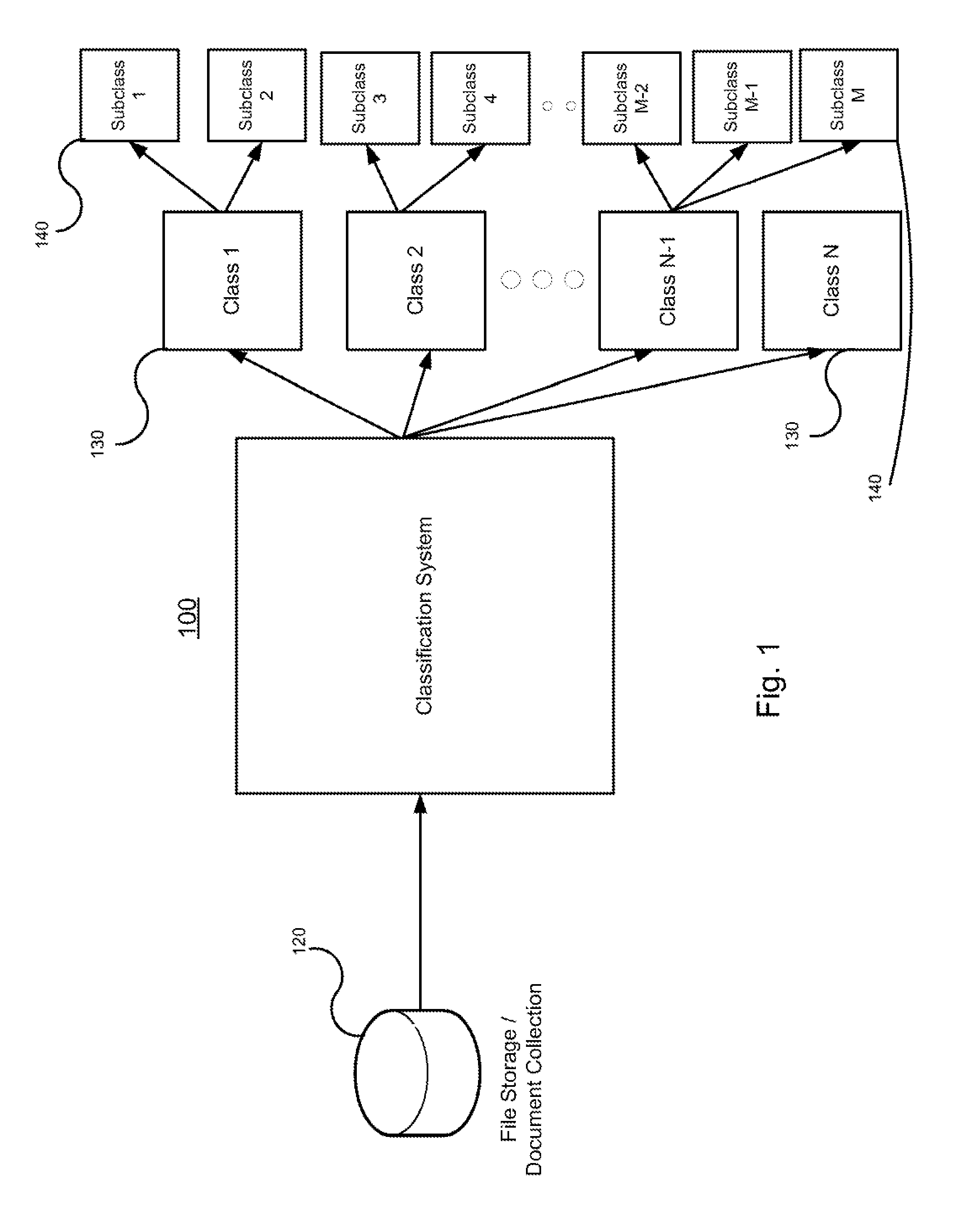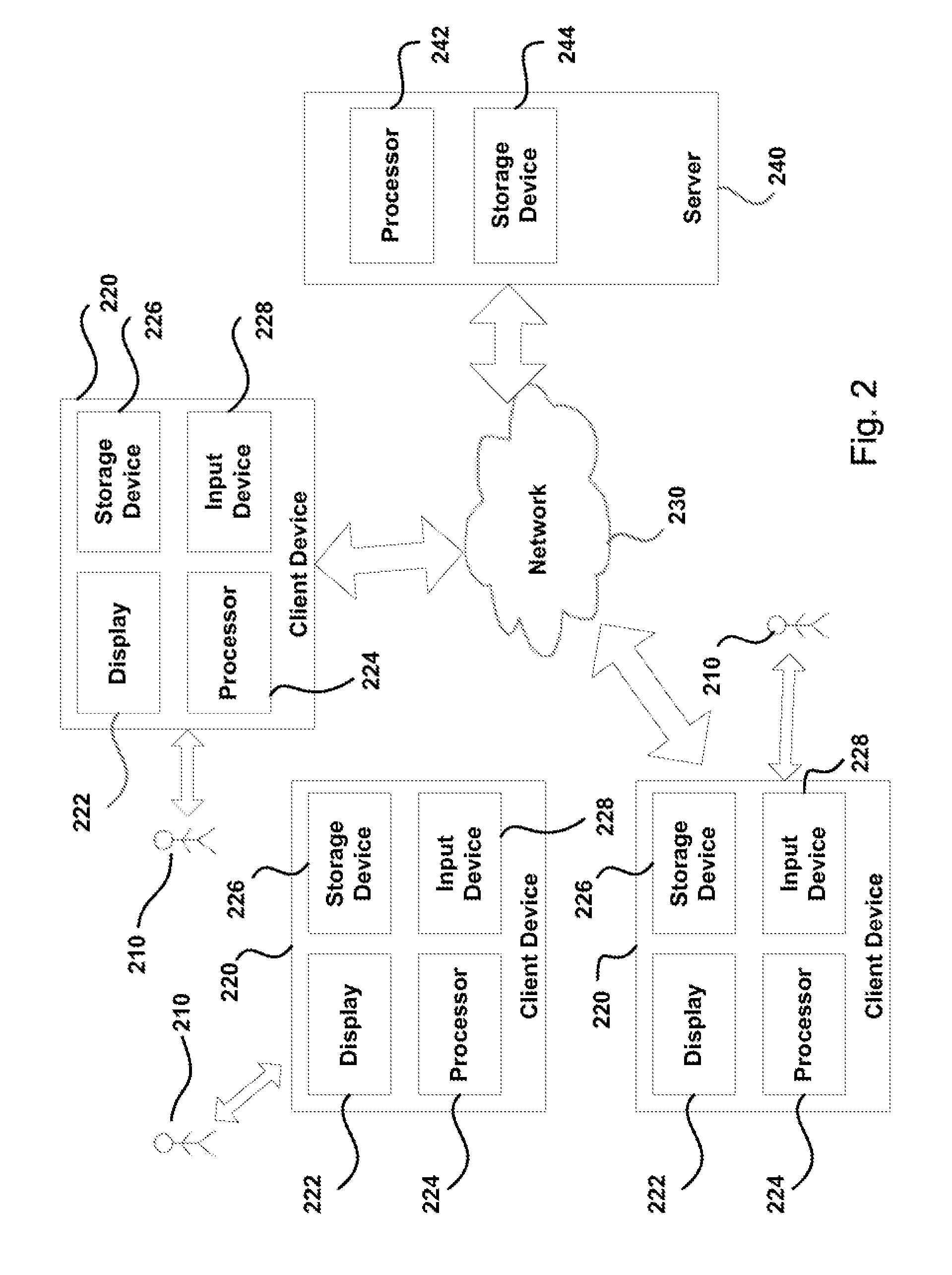Systems and methods for classifying electronic information using advanced active learning techniques
a technology of active learning and electronic information, applied in the field of information processing and document classification, can solve the problems of inability to conduct reasonable inquiry, inability to accurately identify the entire subset of relevant documents, time and monetary expense, and laborious effort, so as to achieve convenient transportation, improve performance, and reduce complexity
- Summary
- Abstract
- Description
- Claims
- Application Information
AI Technical Summary
Benefits of technology
Problems solved by technology
Method used
Image
Examples
Embodiment Construction
[0042]Systems, methods and computer readable media are provided for classifying and ranking electronically stored information or documents through efficient active learning algorithms. The following description starts with an overview of an exemplary system, platform and software / hardware components, which illustrate an operating environment for the classification platform disclosed herein. From there, the subsequent sections go into further detail in describing the modules, features and interactions of the various components, interfaces and processes. Amongst other things, user interfaces are described for initializing the system and reviewing and coding initial and subsequent documents. Further details are provided regarding the exemplary system components and processes that may be implemented by various types of devices, including components and processes which classify documents, develop document profiles and implement active learning techniques. A variety of additional aspects ...
PUM
 Login to View More
Login to View More Abstract
Description
Claims
Application Information
 Login to View More
Login to View More - R&D
- Intellectual Property
- Life Sciences
- Materials
- Tech Scout
- Unparalleled Data Quality
- Higher Quality Content
- 60% Fewer Hallucinations
Browse by: Latest US Patents, China's latest patents, Technical Efficacy Thesaurus, Application Domain, Technology Topic, Popular Technical Reports.
© 2025 PatSnap. All rights reserved.Legal|Privacy policy|Modern Slavery Act Transparency Statement|Sitemap|About US| Contact US: help@patsnap.com



